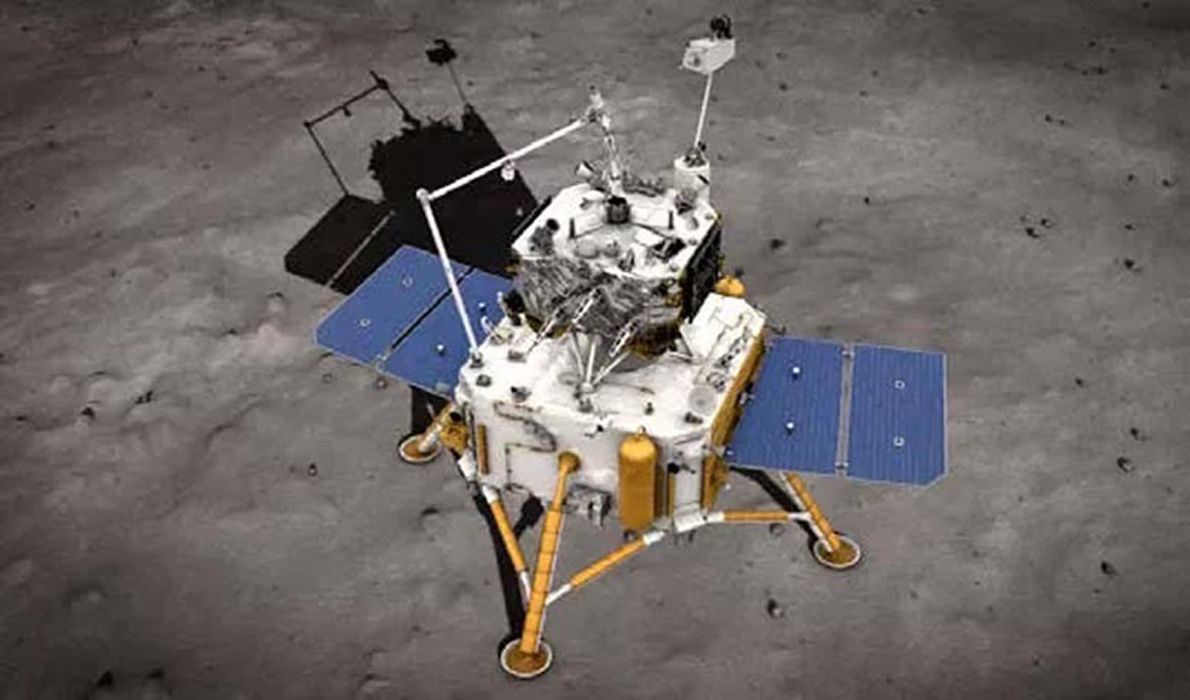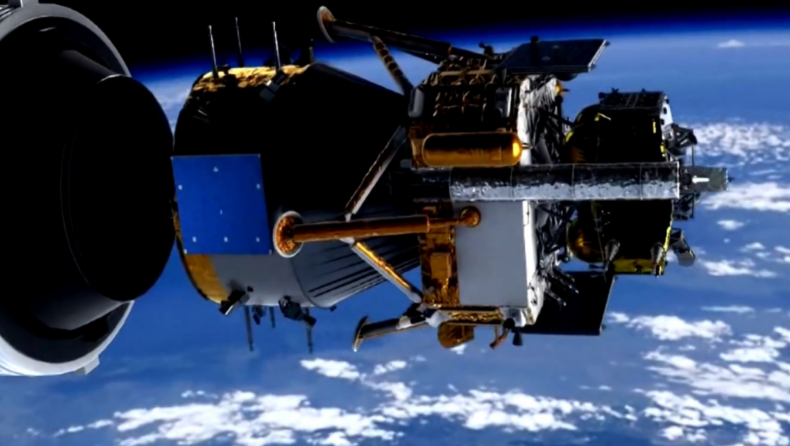The Chang’e-5 lunar lander from China is the one that made history by being the first to find evidence of native water on the Moon in real-time
According to reports, after recently claiming to have discovered a new mineral on the moon, the Chinese Academy of Scientists discovered more water than previously explored on Earth’s natural satellite.
According to reports, after recently claiming to have discovered a new mineral on the moon, the Chinese Academy of Scientists discovered more water than previously explored on Earth’s natural satellite.
A few days ago, on September 9, China’s National Space Administration (CNSA) and China Atomic Energy Authority (CAEA) jointly announced that scientists analyzing lunar samples returned by the Chang’e-5 mission had discovered a new lunar mineral.
In addition to being the first robotic lunar sample return since the Luna 24 mission of the Soviet Union in 1976, the Chinese mission used its lander to report the very first evidence of water on the moon. Chang’e 5 landed on the moon in December 2020 and unearthed the youngest lunar samples ever collected.
The Chang’e 5 samples were returned to Earth later that month when an ascent vehicle blasted off from the mission’s Oceanus Procellarum landing site (the Sea of Storms). It brought approximately 1.73 kilograms of lunar soil from the moon’s vast volcanic complex.
In June of this year, the scientists confirmed the presence of water on the site by publishing their findings in an official publication.
For the first time in history, laboratory analysis of lunar return samples and spectral data from in-situ lunar surface surveys were used jointly to examine the presence, form, and amount of ‘water’ in lunar samples, said co-author Li Chunlai, a planetary scientist at the National Astronomical Observatories of the Chinese Academy of Sciences (NAOC).
A group of Chinese experts determined at the time that the surface water concentration at the Chang’e 5 landing site was less than 30 ppm. However, a new study has produced startling discoveries about high water concentrations.
According to co-author Li Xiongyao of the Institute of Geochemistry in Guiyang, the water, which predominantly takes the chemical form of hydroxyl (OH), a close chemical relative of free water (H2O), forms as hydrogen ions in the solar wind, bombards the moon’s surface and reacts with oxygen atoms in the soil.

Solar wind implantation is one of the primary means through which the moon generates water. According to Xiongyao, other water sources included the moon’s interior when it was a lava ocean, as well as meteors or comets that crashed into the moon’s surface. In June, a group of Chinese scientists determined that the concentration of surface water at the Chang’e 5 landing site was as low as 30 ppm. The team led by the National Astronomical Observatories decided that the inside of the moon, as opposed to the sun, is the primary source of water in their investigation.
Read More: The recent successful discovery of lunar minerals: China to send more missions to the moon
Published By: Sandipan Dutta













